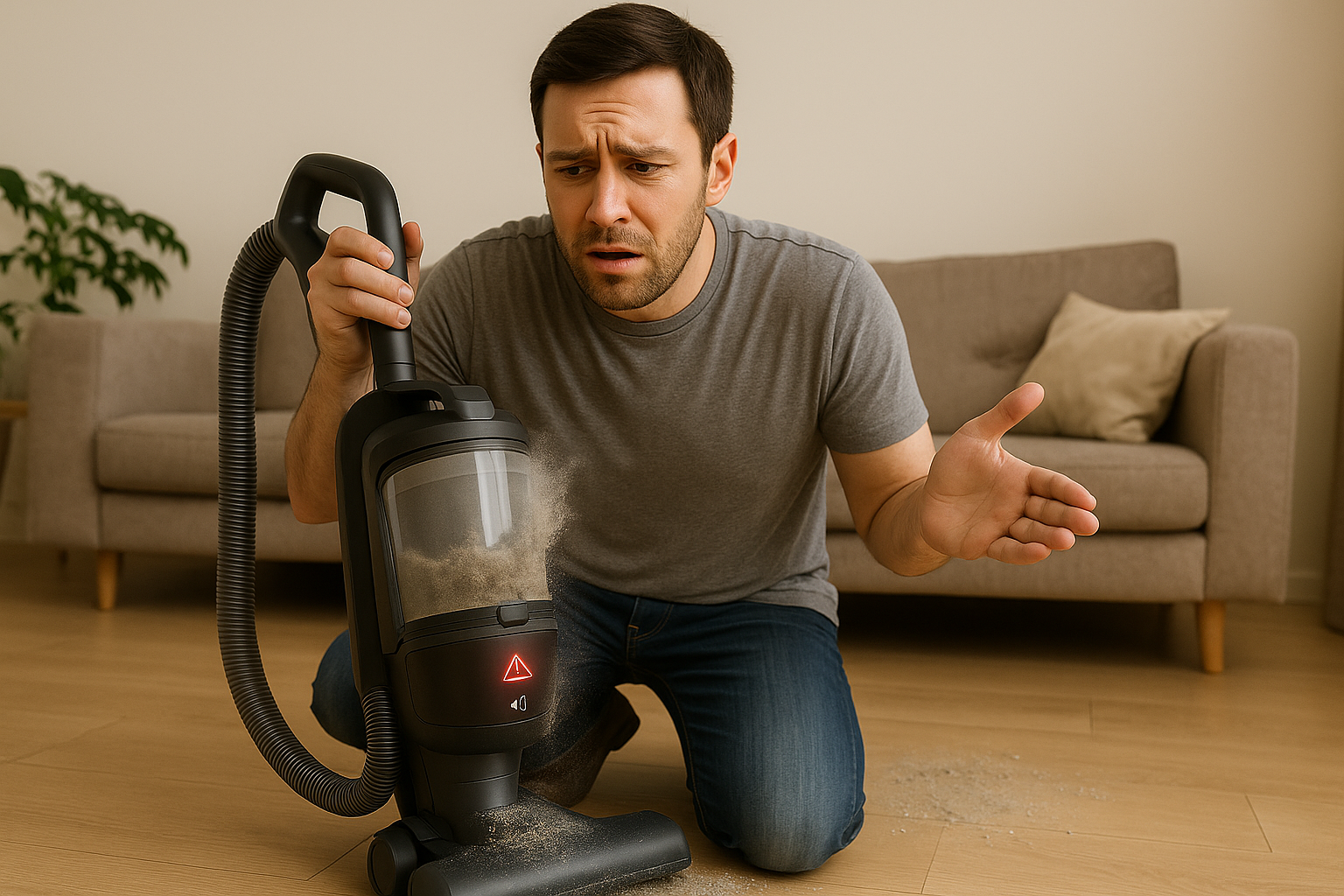 What Are the Risks of Using a Vacuum Cleaner With a Full Dustbin?
What Are the Risks of Using a Vacuum Cleaner With a Full Dustbin?
It’s tempting to keep cleaning when your vacuum’s dustbin is nearly full, but this habit can create serious problems for both your appliance and home environment. Here’s what can go wrong, why it matters, and how leading brands recommend avoiding these issues.
Immediate Risks and Performance Drops
Reduced Suction Power: A full dustbin restricts airflow, which quickly lowers suction power and makes cleaning less effective. Brands like Dyson and Shark design sensors to alert you when it’s time to empty the bin.
Overloaded Filtration: Filters can become clogged and force dust and allergens back into your home. Bissell and Miele emphasize the need to change filters regularly for maximum air quality.
Increased Noise and Strain: The motor works harder, leading to louder noise, more heat, and potential damage. Tineco and Hoover suggest emptying dustbins before every big clean.
Long-Term Damage and Hygiene Issues
Running with a full bin can shorten the vacuum’s lifespan, damage the motor, and reduce runtime and portability due to extra weight.
Dust, allergens, and even mold can accumulate, causing bad odors and poor air quality—especially if filtration is compromised.
Wet Dry Vacuum Cleaner models also risk clogging and reduced wet cleaning ability if not emptied frequently.
Brand-Recommended Prevention
Check the dustbin level after every use.
Clean or replace filters as directed by the manufacturer.
Choose vacuums with clear dustbin indicators and easy-empty features.
Top brands such as Dyson, Shark, Bissell, Miele, Tineco, Hoover, and Electrolux all offer models with dustbin sensors, HEPA filtration, and maintenance reminders to keep your vacuum performing its best.
For more tips on vacuum care, visit www.lxvacuum.com.

















